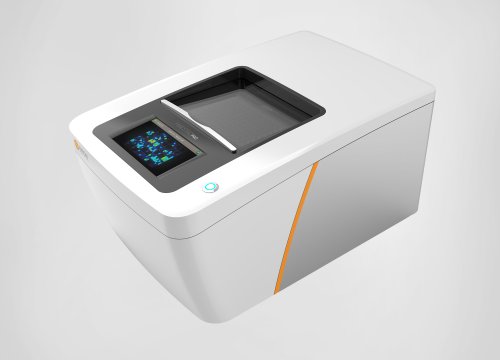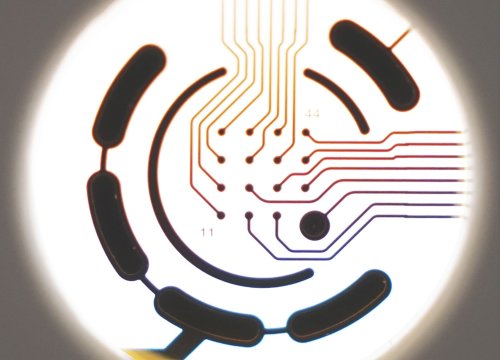Xie D, Xiong K, Su X, Wang G, Ji Q, Zou Q, Wang L, Liu Y, Liang D, Xue J, Wang L, Gao X, Gu X, Liu H, He X, Li L, Yang J, Lu Y, Peng L and Chen Y
Cell Research, 2021
Summary:
Neurotransmitters, like glutamate, are well known to trigger action potentials in neurons, yet few studies have evaluated their role in regulating atrial cardiomyocyte excitability. In this study, the authors demonstrated that the generation and propagation of atrial cardiomyocyte action potentials are regulated by an intrinsic glutamatergic transmitter system, similar to the system that controls excitatory synaptic transmission in neurons. Rat atrial cardiomyocytes were shown to express critical glutamatergic-related proteins, decreased electrical excitability when treated with glutamatergic agonists, and attenuated conduction velocity when dosed with glutamatergic antagonists. A multiwell microelectrode array (MEA) system was used to measure the excitability and conductivity of human induced pluripotent stem cell (hiPSC) – derived atrial cardiomyocytes. The knockdown of two highly expressed glutamate receptors, GRIA3 and GRIN1, in atrial cardiomyocytes significantly reduced the spontaneous firing rate and electrical conduction velocity. Future studies should focus on harnessing this glutamatergic transmitter system as a means to develop novel therapies for cardiac arrythmias.


